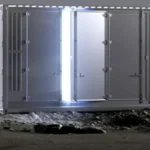Annual installation of residential rooftop solar has declined from 199 MW in FY 2017 to 93 MW in FY 2020 despite attractive subsidy and falling equipment cost.
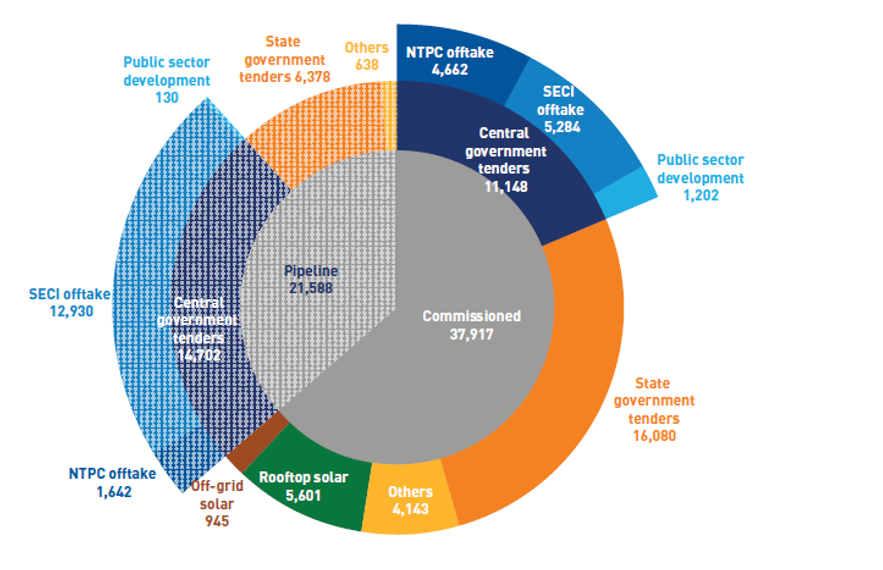
However the increased power consumption in the residential segment, highly affordable and financially attractive schemes, falling prices. low EPC cost, remote site surveys and standard designs for reduced installation time etc will help take off the residential rooftop market.
MNRE has already sanctioned the subsidy of 833 MW. Overall there is great optimism about prospects and the residential rooftop solar market should grow rapidly in the coming years.
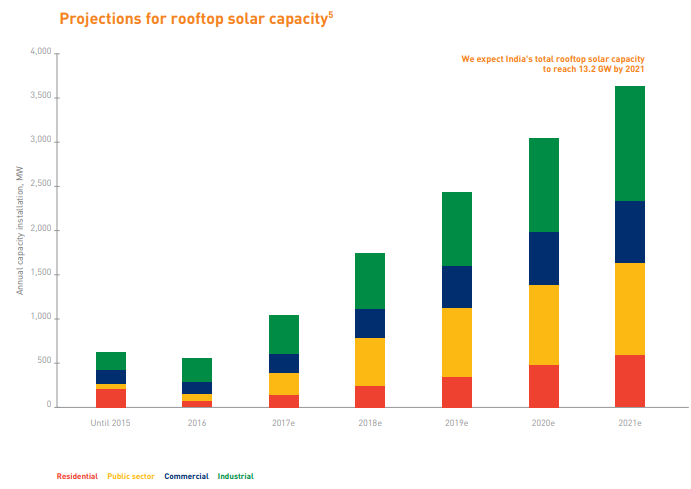
According to a Bridge to India report, the Residential segment, which is in the nascent stage stands at 804 MW, which is approximately 14% of the total of 5880 MW of Rooftop Solar as of June 2020.
However, with the changes in policy and business environment, the residential segment is poised to pick up the pace and is anticipated to have a significant share in the coming years.
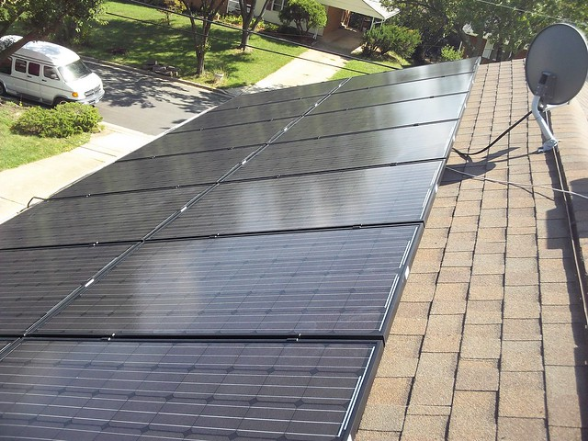
The Ministry of New and Renewable Energy (MNRE) in 2019 launched the Phase-2 of Grid Connected Rooftop Solar Program in which the Central Financial Assistance (CFA), or in other words subsidy, was accorded to the Residential sector.
Phase-2 of the program had revised the subsidy limits for individual residential houses to 40% for capacity up to 3 kW and 20% for capacity between 3kW to 10kW.
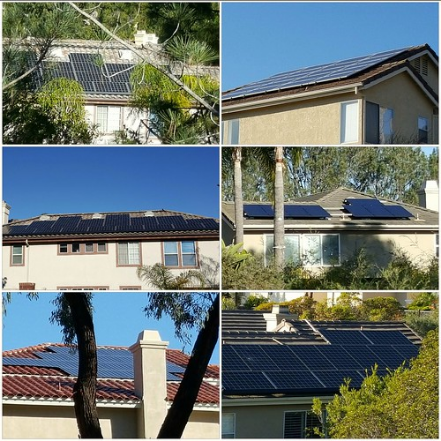
The subsidy is based on either the benchmark cost mandated by the MNRE, or the discovered price in the tender, whichever is lower. The subsidy allows the homeowners to significantly reduce their share of the price paid for the rooftop solar system making it more affordable.
Despite this scheme and falling equipment costs, the residential category continues to under perform, currently accounting for only ~1 GW (total: ~6.1 GW).
The primary reason behind this tepid growth is lack of consumer awareness, limited rooftop space and shortage of financing options.
Reference- Business Standard, Down To Earth, Bridge to India Report, MNRE website

